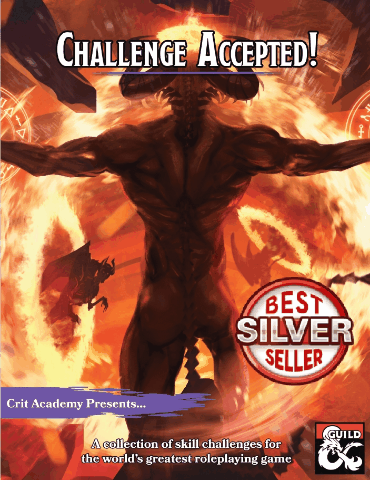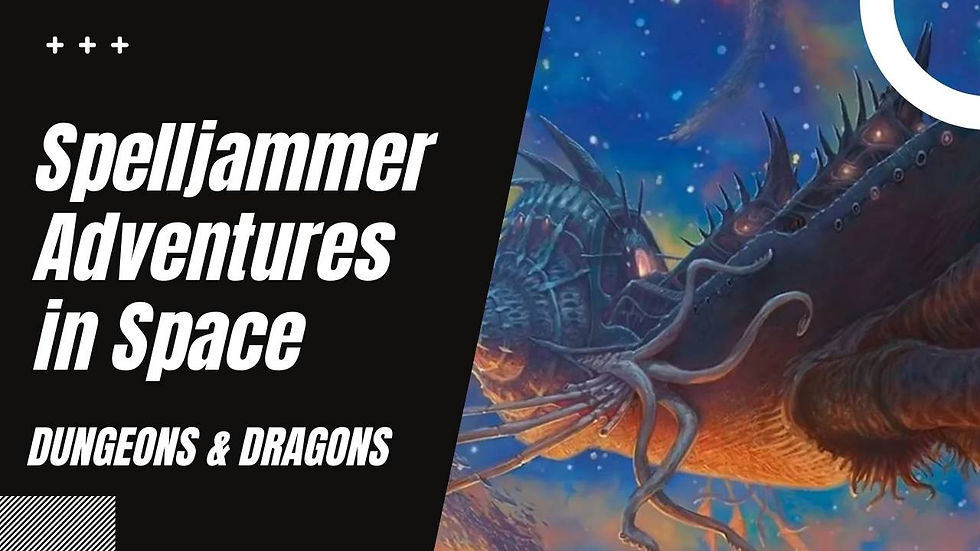D&D: Running Political Intrigue Campaigns | Connecting the Dots
- Justin Handlin

- Jun 16, 2022
- 5 min read

When the characters are caught between the machinations of leaders, organizations, races, and kingdoms, we need to have a way to connect them all together. When it comes to cities, factions, and political ties, it can be difficult to link them all together. This is often treated as a much more difficult scenario than a traditional encounter setup. It’s worth noting. While I use this mostly for politicking, it can also apply to traditional checks. I just tend to include these rules in more complicated scenarios.

We know that when the characters encounter kobolds in a dungeon, they likely slay them or ‘encourage’ them to leave. In either case, once this is done, as DM you make it very easy for them to determine their next steps. This can take on a variety of forms, but most common is a few basic options to drive the story forward such as a choice of pathways, doors, or tracks to choose and follow. Each of these is planted information for the characters to react to. This information is a clue to lead to the next encounter. Each of which can have further clues to connect everything together. These act as the dots in connecting our story and points of interest. Some examples include: scrolls, tomes or similar objects left behind that can reveal a connection to another person, place, or thing of importance. This becomes a guide post for the characters and their players on what actions to take next.
This same technique is applied to our political stories. The dots or clues themselves can be whatever you decide. Be sure to keep in mind when building your political story pattern, that each clue, whether right or wrong, should lead the characters forward. Each one should provide valuable knowledge. Either pointing in the correct direction, a red herring, or a clearly incorrect bit of evidence.
When politicking, the path shouldn’t ever be a straight line. This is why we use the connecting dot logic. It helps us not only track what is available but also what the characters currently know. We can use this to gently usher the players should they come to the incorrect assumptions. This happens often, if you notice the players are drawing radically wrong conclusions, don’t hide the clear answer from them. This becomes especially important when you call for a skill check and they fail. For example, if the characters must succeed on a check to move forward, you’ve not done a very good job of considering multiple options. No failure should ever leave the characters without direction. If you struggle with this sort of thing, give them core information, and use the checks as tools to elaborate on those details.
Enhance your gaming experience and/or published adventures with this map bundle which includes 12 hand-drawn maps created by Jean Lorber.

A simple example of this would be something along the lines of "who done it." Consider the following:
The characters recovered a secret missive that blackmails one of the noble houses. A thorough and successful DC 21 Intelligence (Investigation) check is needed to confirm that the missive clearly points to House Dedra. On a failure, the character identifies the broken wax seal as missing, but small witness marks indicate a general shape of their Falcon crest. This clearly indicates House Dedra penned the note. On a success, however, the character, under closer examination, notices a slight variation in the wing's design. Easy to overlook. This variation would suggest a forgery seal.
Here we have a binary outcome, only two options. The DC for the check is high. But within spells such as guidance, bardic inspiration, or other effects, the characters can apply multiple tools to increase their success rate. I would even recommend designing these so that a character that is proficient with the forgery kit is the only one that can identify it. This allows us to increase non-combative features, as well as give us a planned direction to go. The characters will likely move to investigate House Dedra or learn who might have it out to frame House Dedra for blackmail. In both situations, the characters learn something new that pushes them forward in their investigation.
Now, this is the simplest way to do it, but can be far less interesting at times if no variation is added ever. So, as discussed, seeding more information based on success could be enhanced by increasing the information gathered in the politicking. I like to put checks on a ranged band. In a common example, if I set the “learn all” DC to 18. I might also set a DC of 14 and 10. In this situation, I might offer three points of interest. Usually, I make these available through normal conversation bullet points, but when a player wants to role, they learn a little bit less or more depending on the role. I find this works amazingly for knowledge checks at the start of ANY encounter. That way the characters can start an encounter with potential knowledge without asking for it. Higher, check more details. Though, this means I also go the other way. A character that fails by target DC by 10 or more, usually gets some good information…it’s just not accurate information. They may misidentify a spell, tracks, traps, and even creatures. All of which tie very well into connecting dots. The more details you include, the easier it is to connect them.
Remember, when building complex storylines connecting the dots is a powerful tool. It can help you keep everything organized, know how it's all related, and most importantly, help ensure you’re feeding the characters everything they need to know, whether they succeed or fail. While succeeding should reward them, allowing them to bypass challenges or some encounters. Failure should always result in them still succeeding in their quest but at a cost. That cost can be just as much fun as a success.

What are some of your favorite techniques for keeping track of all interconnected plots? Let me know in the comments, or share with us on social media.
My favorite tool is Obsidian! This complex tool allows us to easily store our notes, and connect our plans, NPCs, locations, and clues all together! Packed into a single FREE program! Check it out here!
Want to talk more D&D? Join our live streams or check out our past broadcasts on youtube or listen to our podcast while you commute.
Thank you for reading our blog. If you enjoy the content and want to support us, visit our store or follow us on social media, join us on discord, youtube, and leave us a review.
Keep your blades sharp and spells prepared heroes!
*Crit Academy is an Affiliate of Amazon, DMsguild and DriveThruRPG*
















Comments